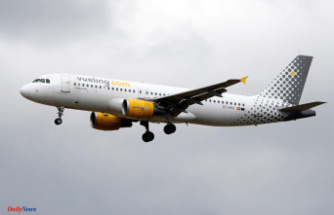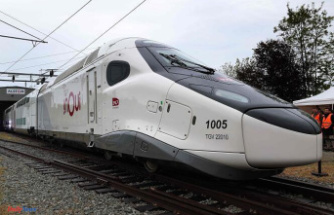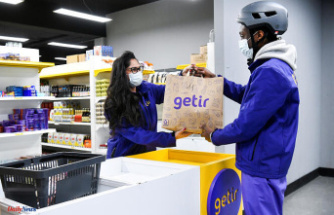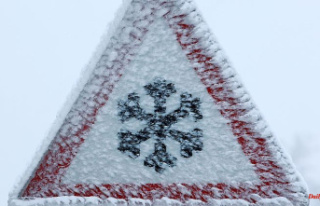Many electric cars are now suitable for long journeys and can also cover several hundred kilometers in one day. With a few tips, this can even be done stress-free.
The right charging stop strategy and the right charging cards do not alone determine whether the long-distance drive with the electric car becomes a joyride or an ordeal. There are also a few everyday practical considerations beyond battery size and energy consumption to consider. Five tips for relaxed travel.
Consider rush hour
Charging infrastructure and e-car density currently go together to some extent, especially on the main traffic routes. However, this does not apply to every time of the day or week. If you are looking for a free space on the fast charger around commuter metropolises on Friday evenings, you may be unlucky. Anyone who has already replenished their energy supply during peak traffic times can glide past the swarming traffic in a relaxed manner. If you don't, you should plan additional time requirements from the outset.
Clarify the loading situation at the destination
So-called "destination charging" is now possible at many hotels, leisure facilities and shopping centers, i.e. charging during your stay. However, capacities are usually limited. If a reservation is possible in advance, this is recommended. In addition, caution is advised, especially in smaller hotels and businesses, if an "electric car filling station" is announced. In some cases it is simply a Schuko or CEE socket in the customer car park. If you want to be prepared for such surprises, get a mobile charging station with an adapter, such as a Juice Booster, NRG Kick or Go-e Charger. In an emergency, this means that electricity can also be drawn from the camping or construction site socket.
Pack an emergency ration of food
The best advance charge planning can be waste after the first few hundred kilometers. If you want to sprint impatiently or have to avoid a traffic jam, you may not be able to make it to the socket provided at the cozy country inn. Or your favorite fast food restaurant. In the end, the only choice left is a refueling break at an unmanned loading park or a motorway service area with a pale gas station sausage as the only culinary option. It's good if there's at least one emergency muesli bar and a bottle of water on board.
Best underground parking
Anyone who arrives at their destination after a long electric journey tends to choose the first available parking space. Of course, the best option is always the one at the charging station. If this is not the case, an underground car park or a multi-storey car park is preferable in most cases. In the protected parking space, the car stays reasonably warm in winter and reasonably cool in summer. Both benefit the range for the way back. A fully cooled battery releases less energy, a hot interior requires electricity to cool down.
Better to be flexible than meticulous
In the pioneering days of e-mobility, nothing worked without military-style planning. In the meantime, however, almost all service areas on the major motorways are equipped with e-car filling stations. If you have certain requirements for gastronomy, charging station operators and ambience, you can select a few that are suitable beforehand without obligation - and then see how your mood fits in afterwards.
Flexibility is now possible in a relaxed manner. However, you should always have your smartphone at hand as a fallback option in case the car navigation system acts too erratically. In addition to the apps from the company's own e-mobility provider, the charging station directory from "Goingelectric" and the app "A Better Route Planner" (ABRP) have proven their worth. Google Maps now also reliably lists charging stations.












